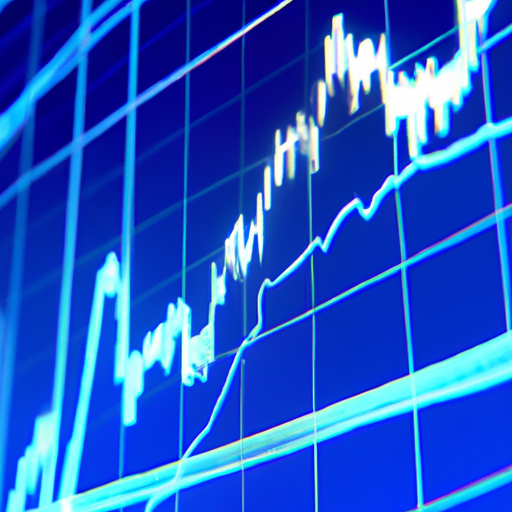Exploring The World Of Trading Methodologies
Trading methodologies are the backbone of successful trading.
Whether you are an experienced trader or a beginner just getting your feet wet, understanding different trading methodologies can set you on the right path.
In this article, we will delve deep into various trading methodologies, articulate their nuances, and help you decide which might be the best fit for your trading style.
What Are Trading Methodologies?
Trading methodologies refer to the systematic approaches that traders use to make decisions about buying and selling financial assets.
These methodologies combine technical analysis, fundamental analysis, quantitative models, and sometimes even a bit of intuition.
It’s crucial to have a robust trading methodology because it provides a structured framework to guide decisions and minimize emotional interference.
Many traders utilize platforms like Interactive Brokers or forex trading platforms to implement their chosen methodologies effectively.
Technical Analysis
Technical analysis is one of the most popular trading methodologies.
It involves studying past market data, primarily price and volume, to predict future market behavior.
Traders using this methodology often rely on charts and indicators to identify patterns and trends.
For instance, candlestick patterns can signal potential reversals or continuations in price movements.
Imagine you’re using one of the best stock apps; you’ll likely have access to numerous technical indicators such as Moving Averages, Relative Strength Index (RSI), and Bollinger Bands.
These tools help traders make informed decisions based on historical data rather than speculation or news events.
Fundamental Analysis
Fundamental analysis is another cornerstone methodology in the realm of trading.
This approach focuses on evaluating a company’s financial health and broader economic indicators.
When employing fundamental analysis, traders scrutinize factors such as earnings reports, revenue growth, profit margins, and macroeconomic data like interest rates and GDP growth.
For example, if you’re interested in tech stocks listed on an online brokerage platform like Interactive Brokers, you’ll analyze quarterly earnings reports from companies like Apple or Microsoft before making any trades.
Fundamental analysts believe that by understanding the intrinsic value of an asset based on its financial health and economic context, they can identify undervalued or overvalued stocks for potential profit opportunities.
Quantitative Trading
Quantitative trading is increasingly gaining traction due to its reliance on mathematical models and algorithms.
In this methodology, traders develop algorithms that automatically execute trades based on pre-defined criteria derived from statistical data analysis.
High-frequency trading (HFT) is a subset of quantitative trading where algorithms execute thousands of trades per second to capitalize on small price discrepancies across different markets.
To illustrate how quantitative trading works: imagine developing an algorithm that scans multiple forex trading platforms simultaneously for arbitrage opportunities between currency pairs. The algorithm would then execute trades instantaneously whenever it detects profitable spreads—something human traders could never achieve manually within such short timeframes!
Many professional quant traders also rely heavily on specialized software tools available through top-tier brokers like Interactive Brokers who offer advanced API integrations suitable for deploying complex algorithmic strategies seamlessly into live markets without latency issues hindering performance outcomes significantly over time periods involved during trade executions themselves overall too ultimately!
Risk Management In Trading Methodologies
In summary: effective risk management practices are integral components when implementing any successfultrading methodologybecause they help mitigate potential losses while maximizing gains overall too eventually speaking out loud altogether now here today everyone listening closely please pay attention carefully now thank you very much indeed!

